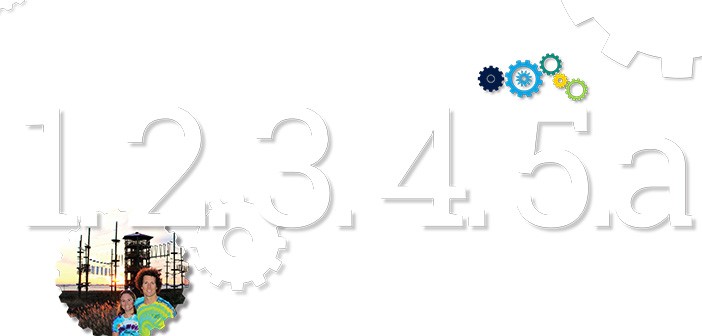The biggest downside to this model from the landowner’s perspective is that the lease is typically paid as a percentage of revenue, rather than a fixed monthly rate. While there is the potential for higher long-term yields, the initial lease payments are often low, and the long-term income is far from guaranteed.
This challenge for the landowner can be a relief to the business owner, as land payments are often based solely on the park’s monthly revenue. Not only does this relieve the burden of fixed monthly payments, but the initial cash outlay is less as well.
On the flip side, the park never belongs 100% to the owner. All expansion and land-based decisions need to go through the landowner. And if the park is successful, the percentage may eventually exceed a normal lease amount.
Despite the uncertainties for both parties, this is a fairly common and thriving model in the aerial adventure park industry.
One of our clients, located in a major tourist destination in the Southeast U.S., followed this model. The owners are leasing a parcel of land that is unused by the current owner, but perfect for a pole-based aerial park. Both parties have benefitted from this arrangement.
First Flight Adventure Park in Nags Head, N.C., has followed this course, but with a fixed payment lease instead of a revenue-based payment. This has allowed Brad and Abby Carey, owners of the park, to forecast their annual expenses more accurately and calculate their cash flow needs.
Another example is one where an aerial park builder, such as Outdoor Ventures, is the lessee, who then builds and operates the course.
3.
Multi-Attraction Facility
If the landowner already runs an outdoor business and is looking to generate multiple streams of revenue, adding an aerial adventure course or zip lines may be a complementary option. The multiple attractions may include an aerial adventure park, zip lines, rock climbing walls, river rafting, swimming, water activities, zoos, and any other adventure attractions that the property may allow.
Typically, one entity owns the land and some of the attractions, while other attractions are contracted to various service providers. For example, a business owner may operate his own aerial adventure park and zip line ride, but contract out the SCUBA diving and go-kart attractions (or vice versa). Third-party vendors usually pay the landowner a monthly fee, as well as a percentage of profits, so for these vendors, this is somewhat of a hybrid between the first two models.
Naturally, more attractions mean more clients are active at any given time, so there is a higher potential revenue per hour. Additionally, if one attraction needs to close for weather, repairs, or other maintenance issues, there are plenty of other activities to choose from, so the operation is rarely shut down completely. Depending on the attractions, it may be possible to reallocate staff as need be, so there is less down time.






